 Name: Brendan Krick
Name: Brendan Krick
Website: www.brendankrick.com
Socials: Twitter
Why We’re Laughing: An everyman with a set that is as relatable as it is funny, Krick’s bits place the audience in the driver’s seat of the impending punchline to be, albeit with a slightly harder R rating than how most of us are probably used to living our lives.
TrunkSpace: Was comedy always in the cards? Were you a “funny” kid, even at an early age?
Krick: My parents would describe me less as a “funny” kid and more as having a “learning disability.” I made funny videos for the morning news as a teenager and wrote comedy sketches for the school talent show. Stand-up grew out of that.
TrunkSpace: When did you decide to pursue stand-up comedy as a career and did you make a plan for how you would attack things?
Krick: I realized stand-up was something anybody could attempt when I saw the movie “Funny People.” I found an open mic in Harrisburg, PA, then wasted four years performing about once a week with no plan. Once I moved to Philadelphia, I got more motivated and two years later I moved to LA.
TrunkSpace: How long did it take for you to discover your voice as a comic?
Krick: I’m definitely still finding it. I’m constantly throwing out old material and re-evaluating what kind of comic I am. (A good one, please book me.)
TrunkSpace: Is the approach you take now on stage different from the approach you took when you first started out? Is it one act that grew into itself or would you consider them two completely different acts?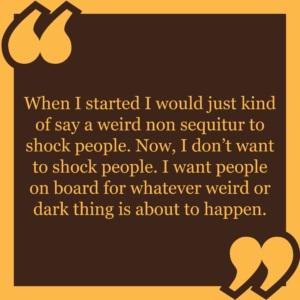
Krick: When I started I would just kind of say a weird non sequitur to shock people. Now, I don’t want to shock people. I want people on board for whatever weird or dark thing is about to happen.
TrunkSpace: Is the neon “Open” sign in your brain always turned on, and by that we mean, are you always writing and on alert for new material?
Krick: I tweet a lot, so that helps stimulate my brain into a joke-writing space. Writing for The Hard Times has helped me feel comfortable forcing out rough material to polish later. I can produce on-demand reliably but there’s a lot of editing involved.
TrunkSpace: How much work goes into a joke before it’s ready to be tested out in front of a live audience?
Krick: Almost none. I won’t do new jokes for a paying crowd, but if I’m at an open mic I like to write on stage. If I spend too much time working out an idea in a notebook, I tend to spoil it.
TrunkSpace: If a joke doesn’t seem to be working, how many chances do you give it in a live setting before you decide to rework it or move on from it altogether?
Krick: Two or three times. If I can’t make the bit work after adding more context or framing it in a different way, I’ll drop it and pick it up again in a couple months. I have some bits I do all the time now that I had previously given up on.
TrunkSpace: Is it possible to kill one night and bomb the next with essentially the same set, and if so, what do you chalk that up as?
Krick: Definitely. This happened to me at a contest in Philadelphia. I advanced at the quarter finals with a dirty set. At the semi-finals, the crowd was not responding to dirty material and I failed to adapt to their response. To quote Bill Hicks, “There aren’t any bad crowds, just wrong choices.”
TrunkSpace: Does a receptive and willing audience fuel your fire of funny and help to put you on your game for the rest of your set?
Krick: If an audience is really feeling me, I’ll get excited and lean harder into my delivery. I can’t decide if that’s good or bad. Probably goes back to finding my voice.
 TrunkSpace: What is your most memorable performance experience (good or bad!) that will stick with you for the rest of your career and why?
TrunkSpace: What is your most memorable performance experience (good or bad!) that will stick with you for the rest of your career and why?
Krick: Last summer, I was going through a weird time in my life and I walked from one venue to another listening to “The Marshall Mathers LP” and I somehow wound up crying a little bit (very cool). I had the set of my life, and for that I will always thank Eminem, my spiritual king.
TrunkSpace: How do you handle hecklers? What approach do you take?
Krick: Hecklers want to be a part of the show, and I don’t like letting them. An epic heckler takedown will still give them that moment and possibly encourage them to keep interrupting.
TrunkSpace: What are your thoughts on the stand-up landscape in 2018? Are you optimistic for the future of live comedy?
Krick: I don’t like thinking about the stand-up landscape. I’m funnier than I was a year ago. That’s the only part of this I can control. Everyone who’s getting opportunities deserves them, and all the comedy coming out right now is great. I’m very agreeable. Please book me.
TrunkSpace: Finally, who do YOU find funny?
Krick: Shane Gillis. Look up Matt & Shane’s Secret Podcast.



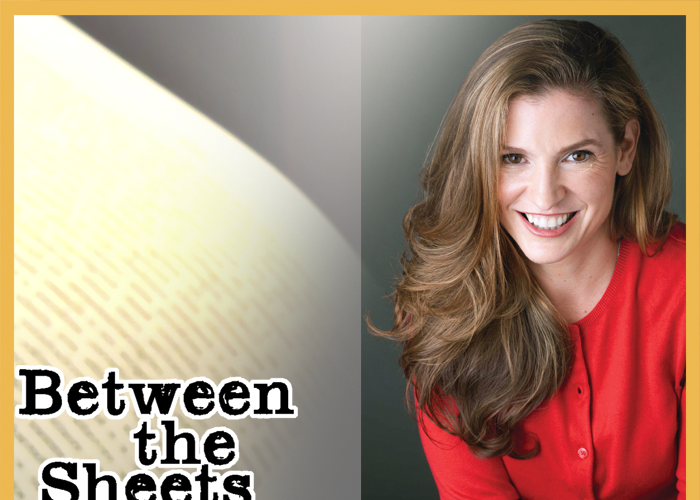
 In our ongoing feature Between the Sheets, TrunkSpace picks the imaginative brains of authors to break down what it takes to create the various worlds and characters they breathe life into via the tools of their trade… sheets of paper. While technology continues to advance and change the pop culture landscape, the written word has remained one of the most consistent and imaginative art forms.
In our ongoing feature Between the Sheets, TrunkSpace picks the imaginative brains of authors to break down what it takes to create the various worlds and characters they breathe life into via the tools of their trade… sheets of paper. While technology continues to advance and change the pop culture landscape, the written word has remained one of the most consistent and imaginative art forms.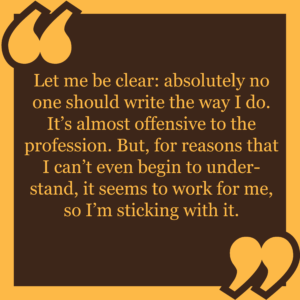
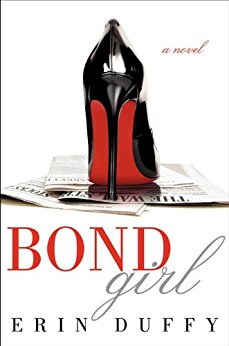 TrunkSpace: Do you self-edit as you write?
TrunkSpace: Do you self-edit as you write?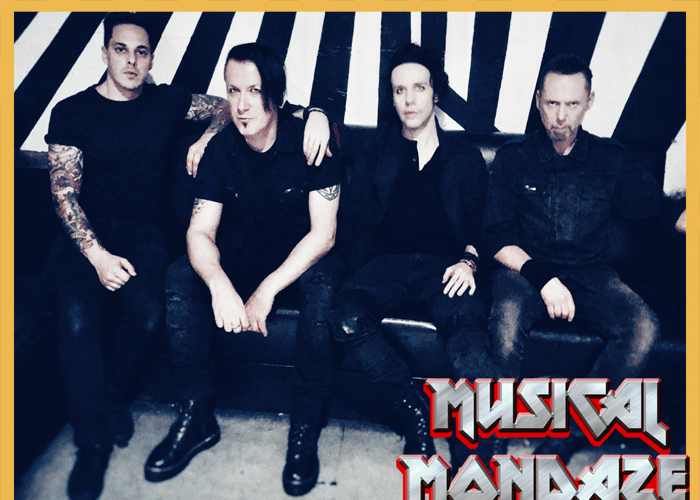


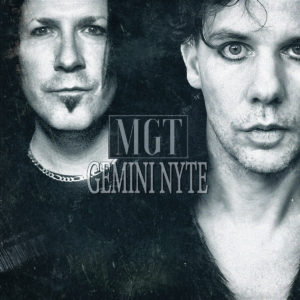 TrunkSpace: You put so much of yourself into the creation of an album. Are you holding your breath once the album is released? Or is it a huge relief, and you’re just ready to get on the road and share the music at live venues?
TrunkSpace: You put so much of yourself into the creation of an album. Are you holding your breath once the album is released? Or is it a huge relief, and you’re just ready to get on the road and share the music at live venues?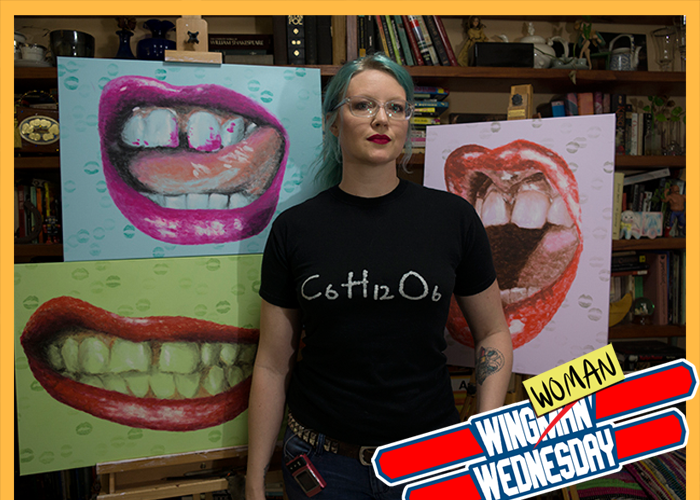
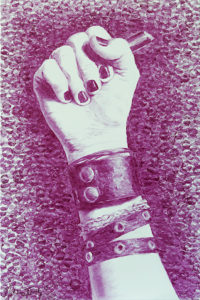
 have to step back often to take it all in or make adjustments? And,
have to step back often to take it all in or make adjustments? And, 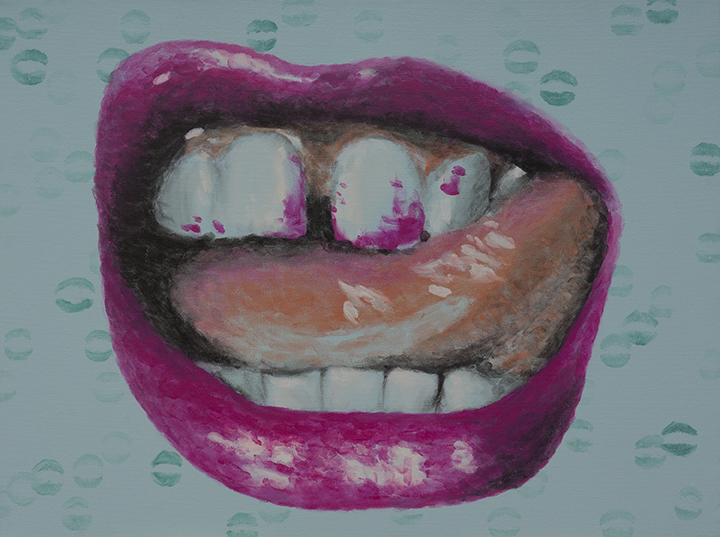
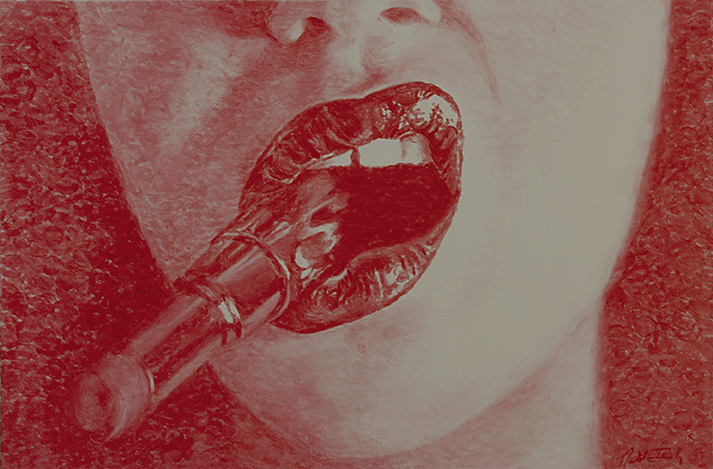

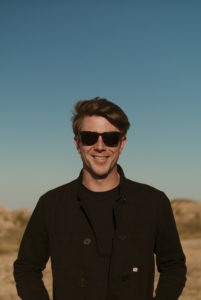
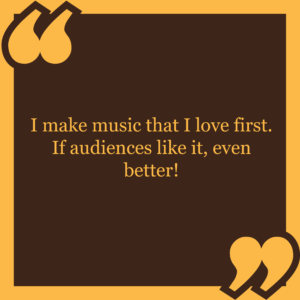
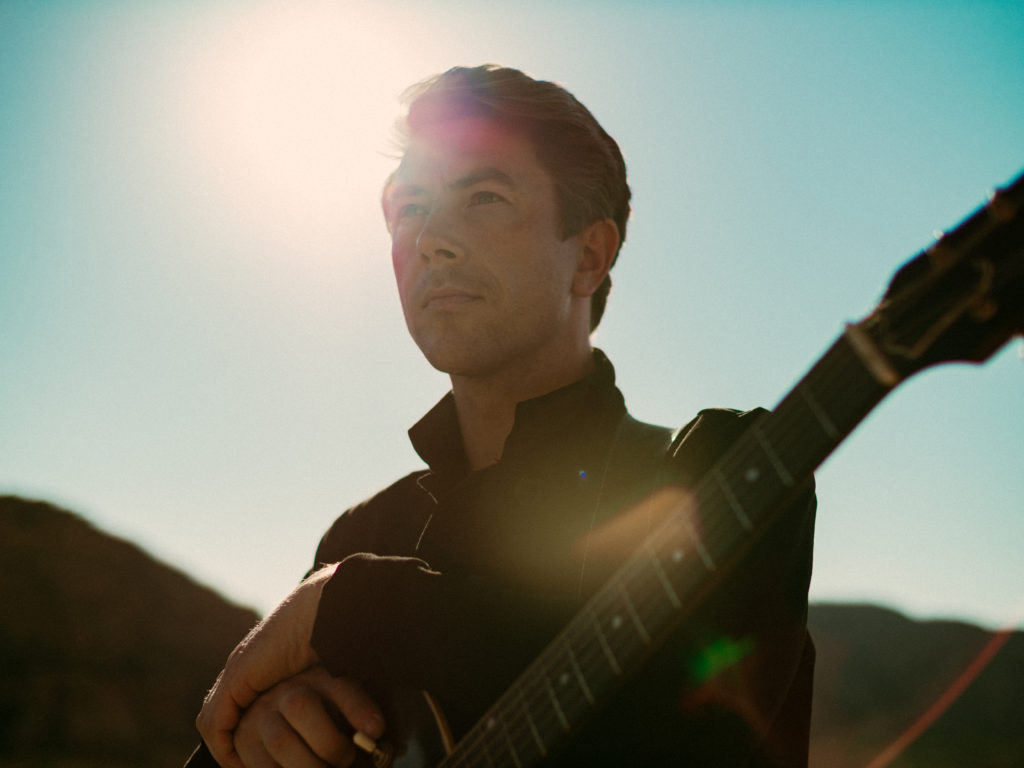


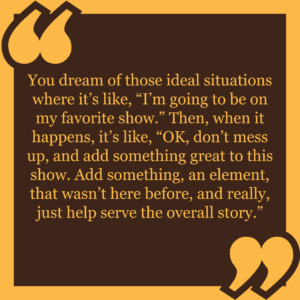

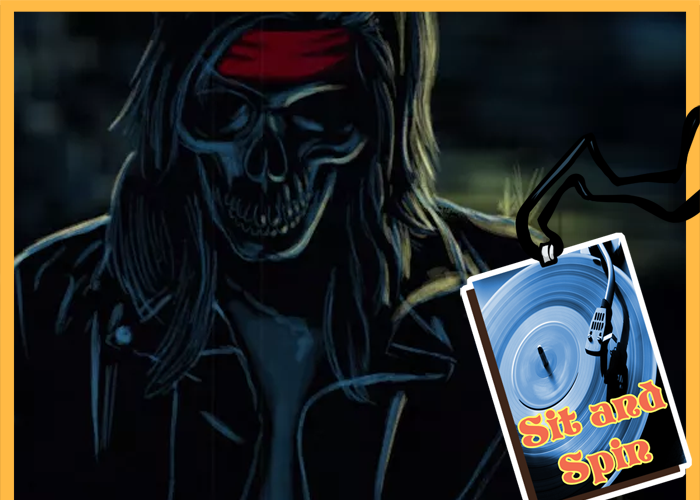
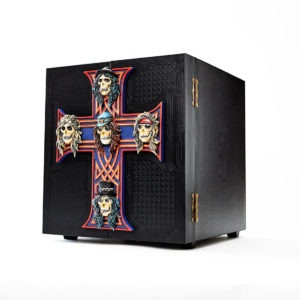 Artist: Guns N’ Roses
Artist: Guns N’ Roses
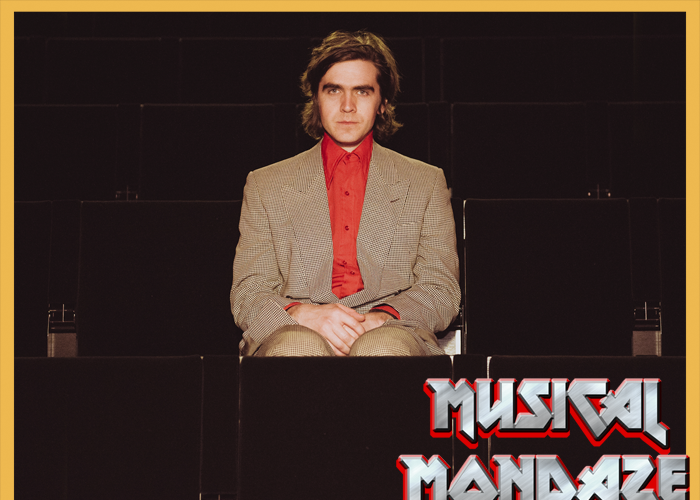
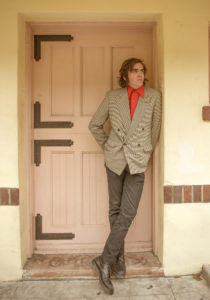
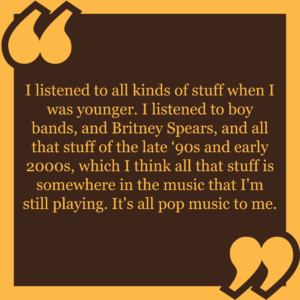 inception to a finished track?
inception to a finished track?
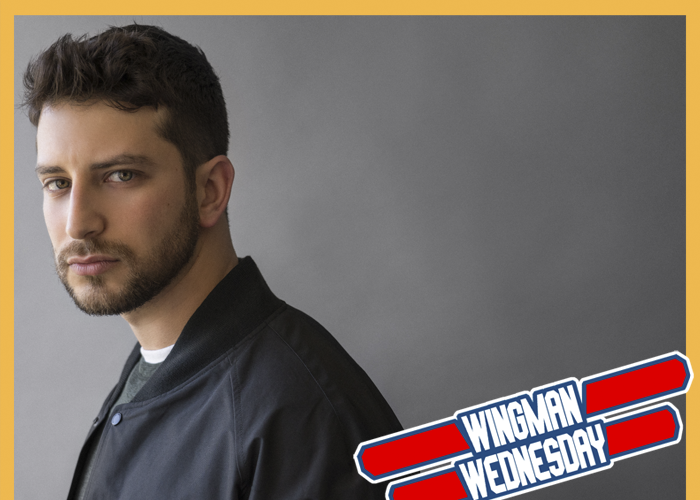

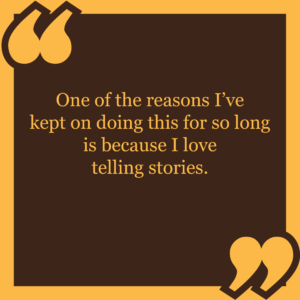 “Supernatural,” which we know you guested on, and while tonally different, that’s a show that has been on the air 13 years. Are you someone who could play the same character for that long? Could you be Jerry for 13 years?
“Supernatural,” which we know you guested on, and while tonally different, that’s a show that has been on the air 13 years. Are you someone who could play the same character for that long? Could you be Jerry for 13 years?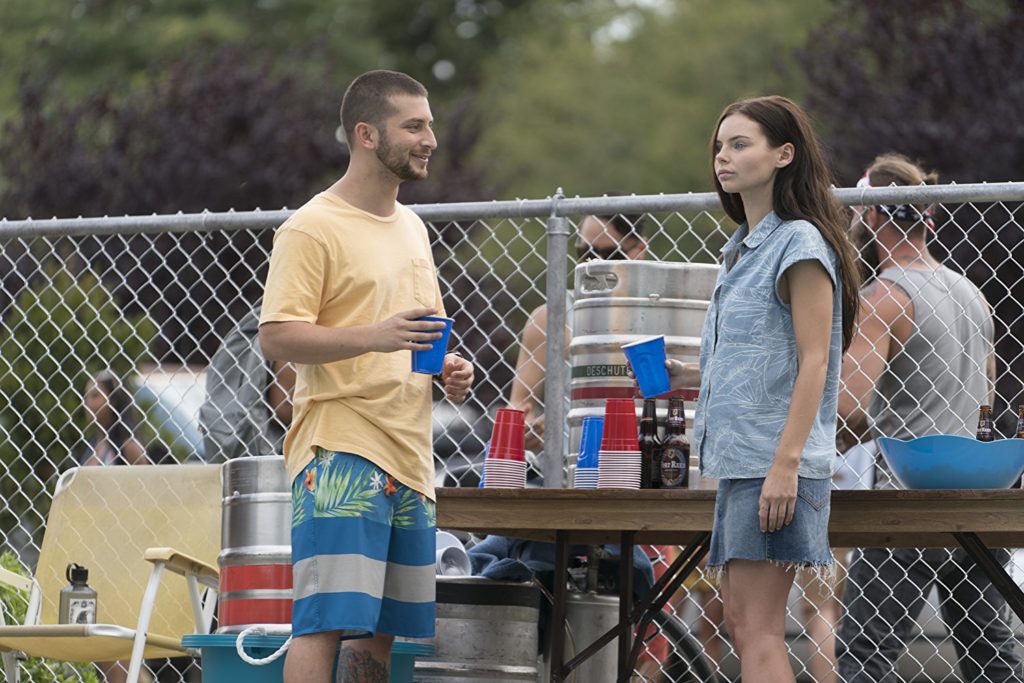
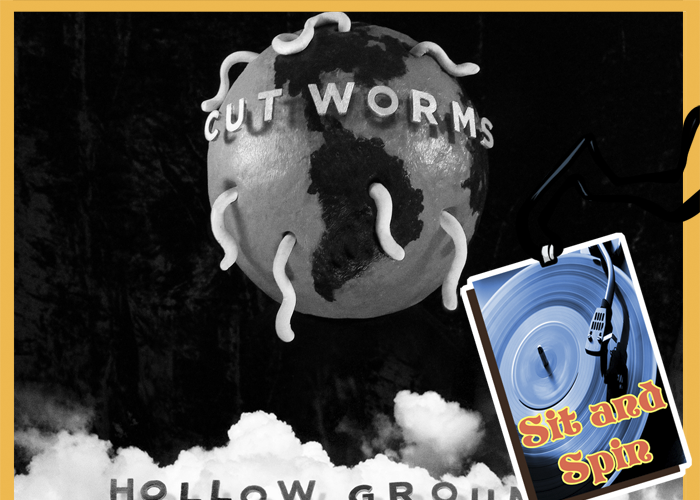
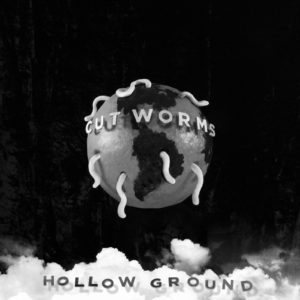 Artist: Cut Worms
Artist: Cut Worms